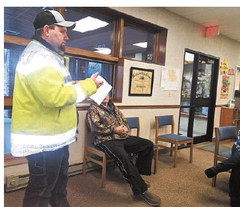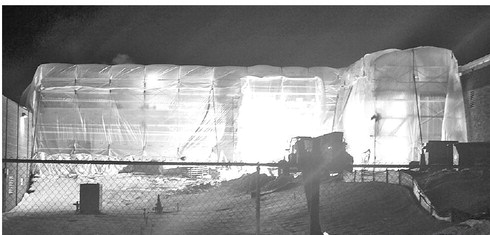Commission OK’s police contract for ‘26-’27
Abby, Colby councils still need to approve two-year agreement at September meetings
The Colby-Abby Police Commission on Monday approved a new two-year contract with the local police officers union that includes 2% pay increases every six months for the next two years.
If app...



